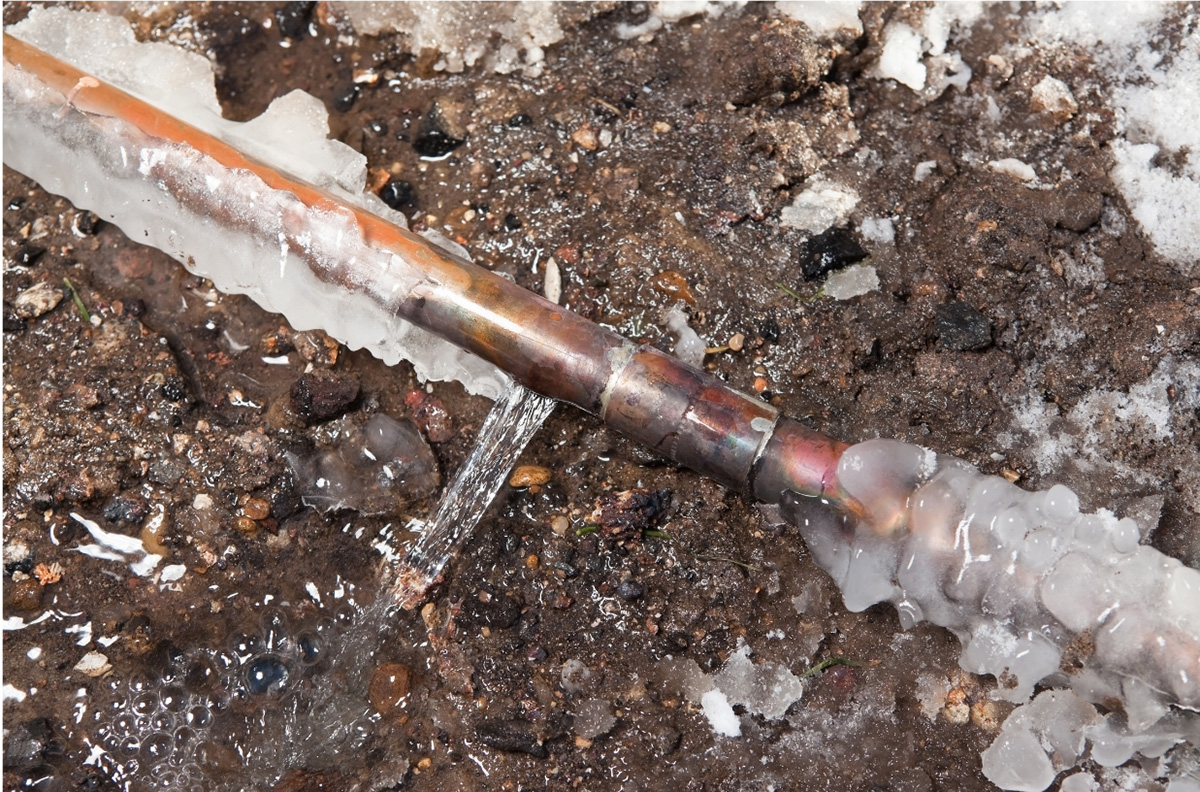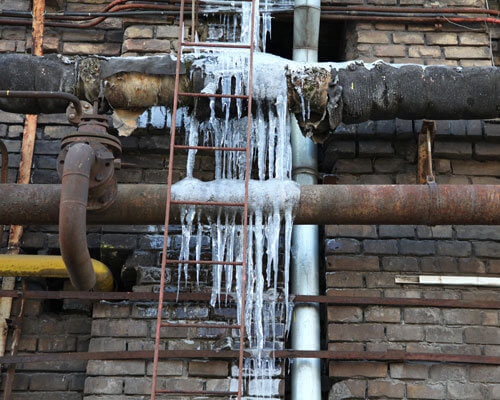Essential Methods for Preventing Frozen Plumbing in Winter
Essential Methods for Preventing Frozen Plumbing in Winter
Blog Article
Just how do you really feel about Helpful Tips to Prevent Frozen Pipes this Winter?

Cold weather can ruin your pipes, especially by freezing pipes. Below's how to avoid it from happening and what to do if it does.
Introduction
As temperature levels decline, the risk of frozen pipes boosts, possibly leading to expensive repair services and water damages. Recognizing how to prevent frozen pipes is crucial for home owners in cold climates.
Recognizing Icy Pipelines
What triggers pipelines to freeze?
Pipelines freeze when revealed to temperature levels listed below 32 ° F (0 ° C) for extended durations. As water inside the pipes ices up, it broadens, putting pressure on the pipe walls and potentially causing them to break.
Dangers and problems
Icy pipelines can bring about water supply disruptions, property damages, and costly repair work. Burst pipelines can flood homes and create considerable structural damage.
Signs of Frozen Water Lines
Determining frozen pipes early can stop them from rupturing.
Just how to determine frozen pipes
Seek reduced water flow from taps, unusual odors or sounds from pipes, and noticeable frost on revealed pipes.
Avoidance Tips
Protecting susceptible pipelines
Cover pipelines in insulation sleeves or make use of heat tape to shield them from freezing temperatures. Focus on pipelines in unheated or exterior areas of the home.
Heating techniques
Maintain indoor areas adequately heated up, especially locations with plumbing. Open up closet doors to allow cozy air to circulate around pipes under sinks.
Shielding Outdoor Pipes
Yard hose pipes and exterior faucets
Detach and drain pipes yard hose pipes before winter season. Install frost-proof faucets or cover exterior faucets with insulated caps.
What to Do If Your Pipes Freeze
Immediate activities to take
If you suspect frozen pipes, keep taps available to relieve stress as the ice thaws. Use a hairdryer or towels soaked in hot water to thaw pipelines slowly.
Long-Term Solutions
Structural adjustments
Consider rerouting pipelines far from outside walls or unheated areas. Include added insulation to attic rooms, basements, and crawl spaces.
Upgrading insulation
Buy top notch insulation for pipes, attics, and walls. Correct insulation helps preserve consistent temperatures and lowers the risk of icy pipelines.
Conclusion
Protecting against frozen pipes calls for positive actions and fast reactions. By understanding the reasons, signs, and safety nets, house owners can secure their plumbing during winter.
5 Ways to Prevent Frozen Pipes
Drain Outdoor Faucets and Disconnect Hoses
First, close the shut-off valve that controls the flow of water in the pipe to your outdoor faucet. Then, head outside to disconnect and drain your hose and open the outdoor faucet to allow the water to completely drain out of the line. Turn off the faucet when done. Finally, head back to the shut-off valve and drain the remaining water inside the pipe into a bucket or container. Additionally, if you have a home irrigation system, you should consider hiring an expert to clear the system of water each year.
Insulate Pipes
One of the best and most cost-effective methods for preventing frozen water pipes is to wrap your pipes with insulation. This is especially important for areas in your home that aren’t exposed to heat, such as an attic. We suggest using foam sleeves, which can typically be found at your local hardware store.
Keep Heat Running at 65
Your pipes are located inside your walls, and the temperature there is much colder than the rest of the house. To prevent your pipes from freezing, The Insurance Information Institute suggests that you keep your home heated to at least 65 degrees, even when traveling. You may want to invest in smart devices that can keep an eye on the temperature in your home while you’re away.
Leave Water Dripping
Moving water — even a small trickle — can prevent ice from forming inside your pipes. When freezing temps are imminent, start a drip of water from all faucets that serve exposed pipes. Leaving a few faucets running will also help relieve pressure inside the pipes and help prevent a rupture if the water inside freezes.
Open Cupboard Doors
Warm your kitchen and bathroom pipes by opening cupboards and vanities. You should also leave your interior doors ajar to help warm air circulate evenly throughout your home.

Do you really like reading up on 6 Ways to Prevent Frozen Pipes? Make a remark down the page. We'd be delighted to listen to your responses about this write-up. Hoping that you come back again later on. Enjoyed reading our write-up? Please share it. Let somebody else discover it. Kudos for your time. Revisit us soon.
Pricing Report this page